PAGER
Overview
A pager is a wireless telecommunications device that receives and displays alphanumeric or voice messages. One-way pagers can only receive messages, while response pagers and two-way pagers can also acknowledge, reply to, and originate messages using an internal transmitter.
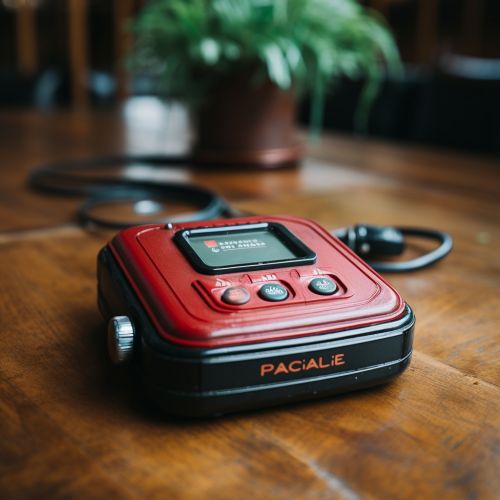

History
The pager, also known as a beeper, was first patented in 1949 by the telecommunications company Motorola. The first successful consumer pager was Motorola's Pageboy I, first introduced in 1956. The pager gained popularity in the 1980s and remained prevalent through the 1990s.
Functionality
A pager operates as part of a paging system which includes one or more fixed transmitters (or in the case of response pagers and two-way pagers, one or more base stations), as well as a number of pagers carried by mobile users. These systems can range from a restaurant system with a single low-power transmitter, to a nationwide system with thousands of high-power base stations.
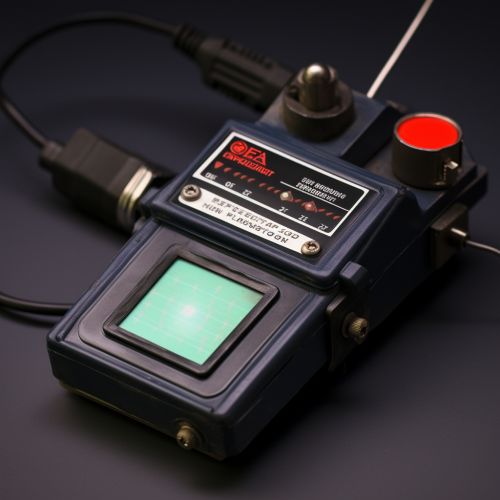
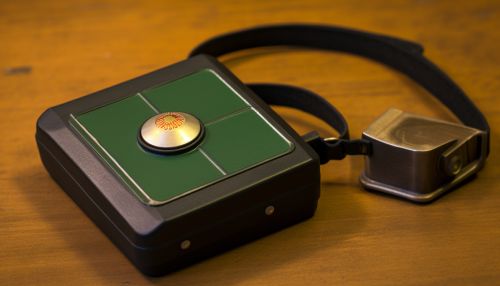
Types of Pagers
There are various types of pagers including Tone Only, Numeric, Alphanumeric, Two-way, and Response pagers.
Usage
Pagers are commonly used in situations where mobile phones cannot reach users or in places where the robustness of the pager's functionality is required. These include health care and emergency services and in areas of poor cellular coverage.
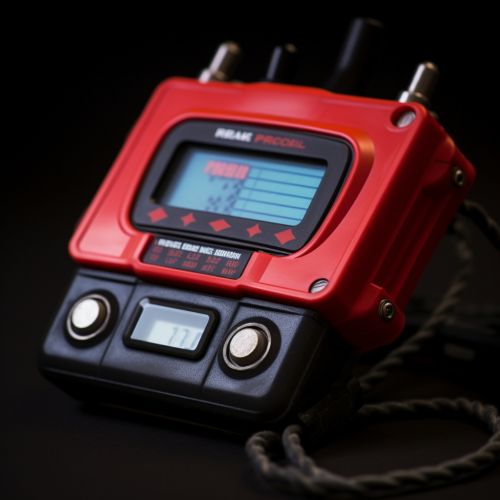
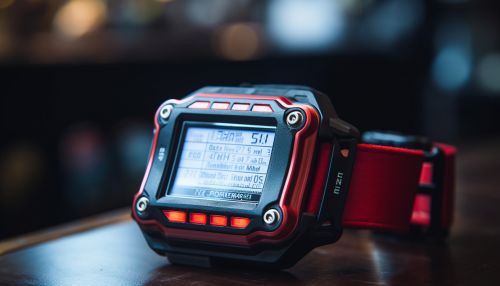
Decline and Current Use
With the proliferation of cellular phones, the importance of pagers has significantly declined. However, pagers are still used in areas of health care, public safety, and retail.
